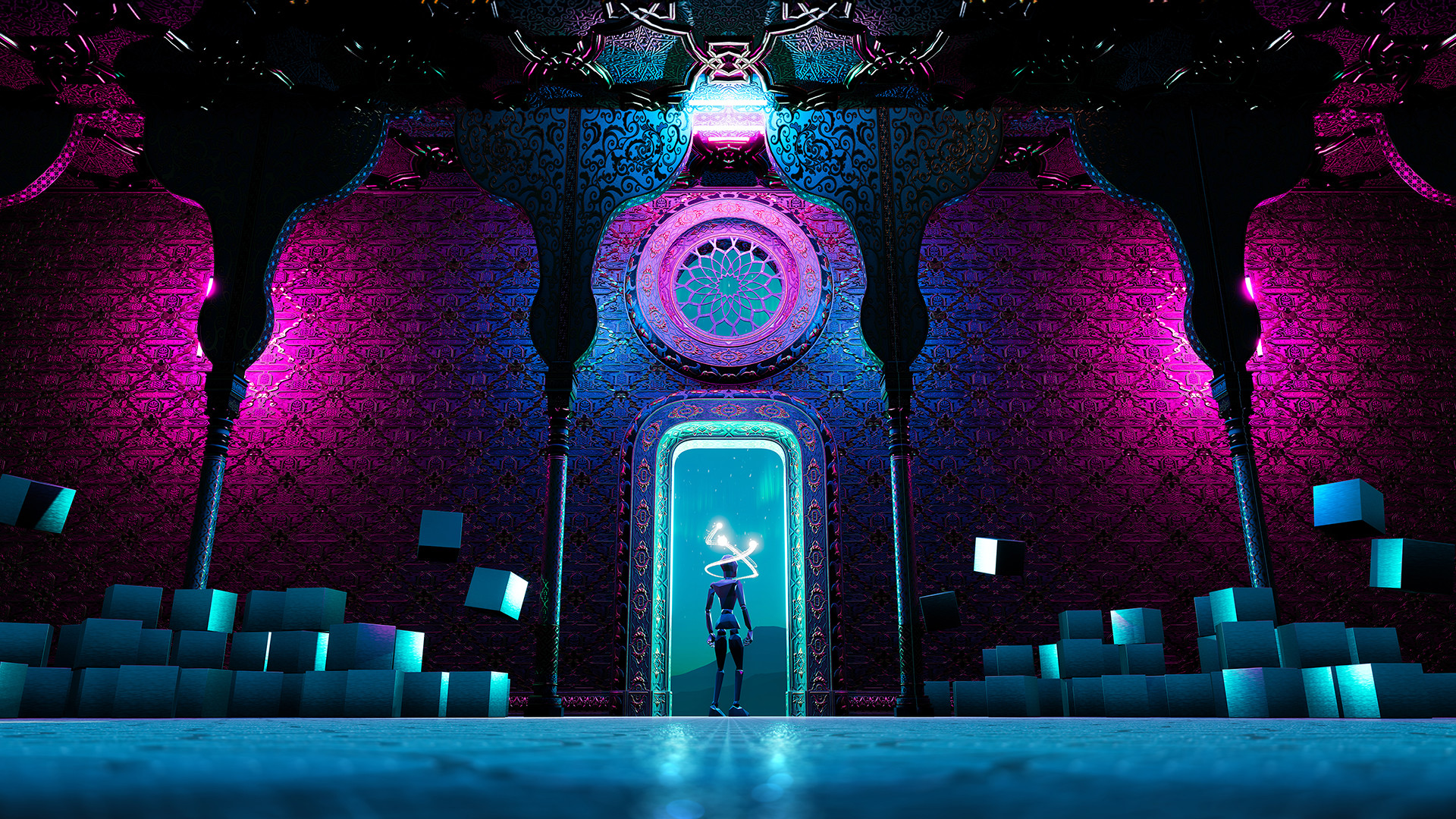Thanks to the smartphone revolution, mobile gaming is literally at our fingertips. That near-constant availability has contributed to a global upsurge of casual gamers. According to a May 2020 report by Niko Partners, revenue for mobile and PC games in China reached $33.1 billion in 2019, and is set to surpass $46.7 billion by 2024. But it’s not the only one.
As cultural institutions confront the ramifications of the global pandemic, mobile games offer an opportunity for innovative digitization with 24/7 promotion and communication. As with in-person museum visits, Chinese see gaming as social interaction, said Daniel Ahmad, senior analyst for Niko Partners. “It is considered the best social activity at the lowest price point. Chinese gamers love to play at home on WiFi, but also on public transportation, at a restaurant, or out sightseeing and shopping,” he told Jing Culture & Commerce.
Mobile games lend immediacy to museums and galleries, as well as the opportunity to host an unlimited audience. In turn, museums’ prestige increases the cultural capital of gaming apps. Here are three ways in which museums and gaming can collaborate.
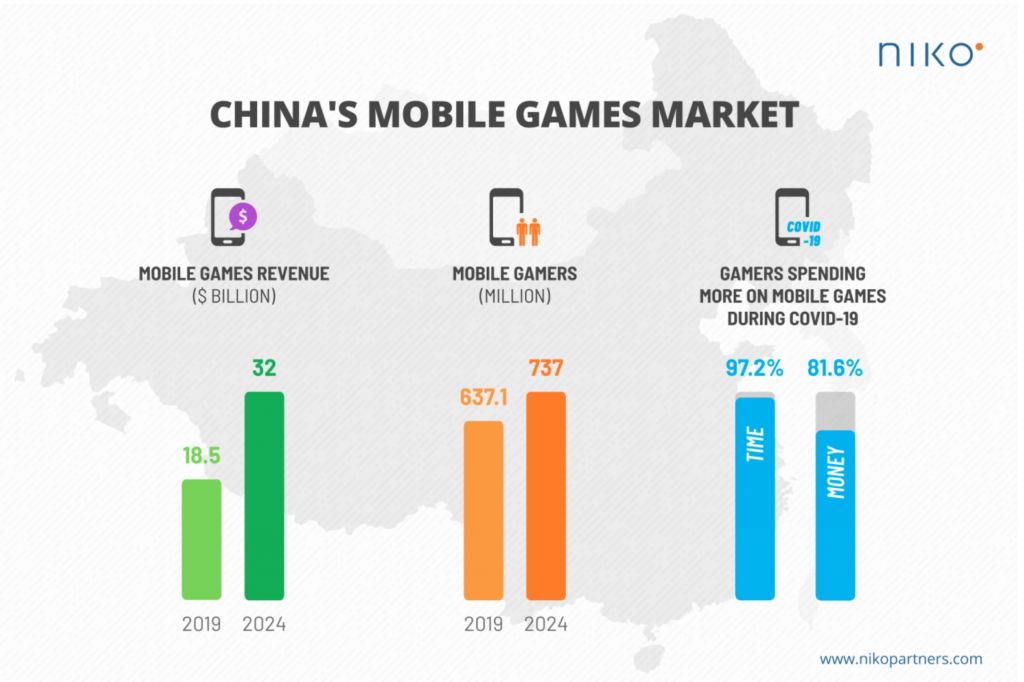
China’s mobile games market has grown tremendously since 2019. It is now worth more than 25% of the global mobile games market. Source: Niko Partners
Lending art and artifacts. April 2020 saw Los Angeles’ Getty Museum collaborate with Nintendo’s hit game Animal Crossing, allowing users to import masterpieces into their digital homes using the International Image Interoperability Framework (IIIF): a programming interface that ensures smooth image delivery. Many companies use IIF to share image resources.
Another example of games digitizing cultural objects is Occupy White Walls, a computer game in which you can design galleries and exhibit artworks. “Most institutions only display something like five percent of their collections,” explained Yarden Yaroshevski, founder and CEO of StikiPixels, the startup behind Occupy White Walls. By comparison, he said, the game’s 55,000 players exhibit, on average, over 800 artworks each. “Taste in art is as unique as a fingerprint,” Yaroshevski noted. “If we show a hundred people one artwork, then it might resonate with maybe one or two. Ninety might pass it by because it’s not for them.”
Unlike livestreaming, museums’ lending art to a game can maintain the social aspect of attending exhibitions. In Occupy White Walls, for instance, there’s a chat function where users converse, satisfying the desire for interactions similar to real-life experiences, while making what some regard as an elitist system more broadly accessible.
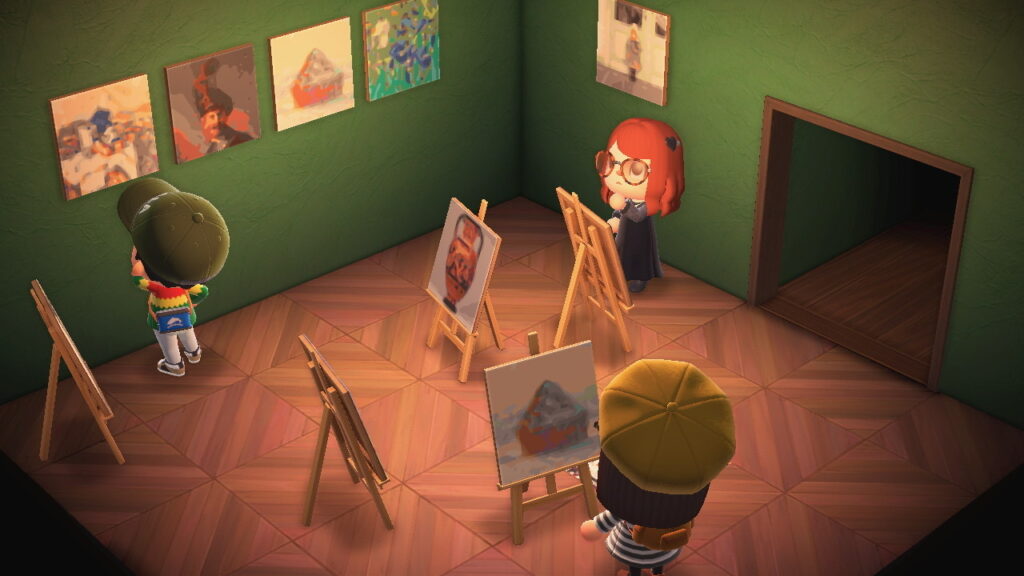
More than 70,000 artworks from Getty’s collection has been imported to Animal Crossing: New Horizons. Source: Getty Museum
Promoting historical accuracy. Leading game developers Tencent and NetEase have collaborated with museums and galleries to incorporate precise artifacts and monuments into their games. In July 2016, Tencent established a partnership with the Palace Museum to promote the integration of Chinese culture and digital innovation. “Chinese regulators have long encouraged developers to create games that explore the country’s traditional culture,” says Ahmad, adding that “there have been cases where China’s regulators or media criticize games for misrepresenting historical figures or events, requiring developers to make changes to the game.”
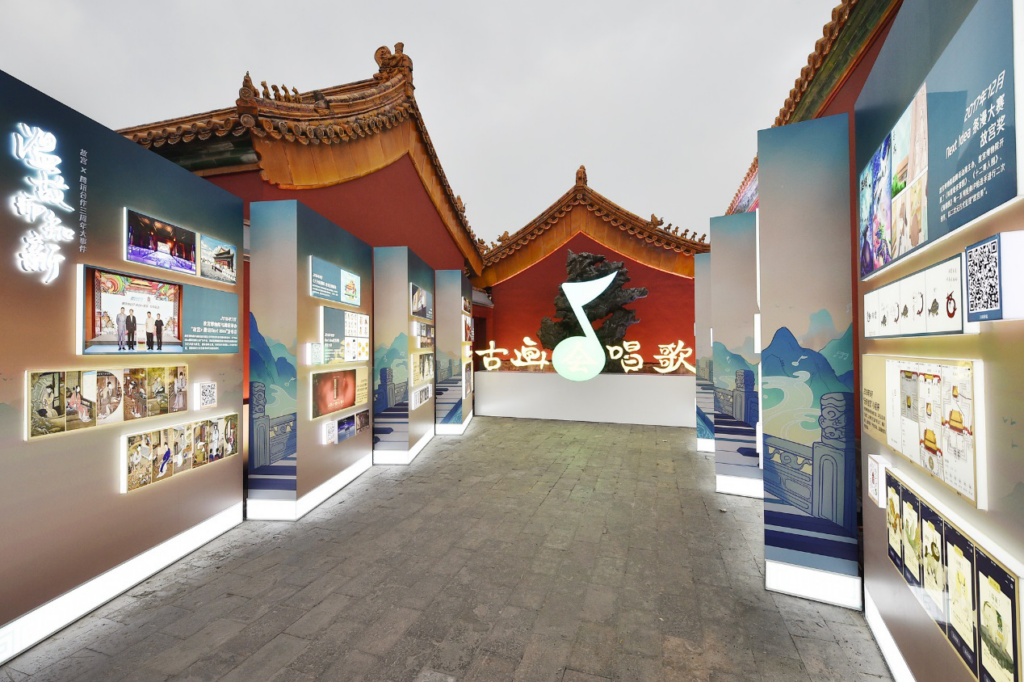
“In collaboration with Tencent, we took advantage of the new-tech to promote the spread of culture, which in turn facilitated further technological innovation,” says director Shan Jixiang of the Palace Museum. Source: Tencent.com
Allowing games to host exhibitions. Integrating into existing games is a creative way of reaching audiences that are already engaged with the games. In China, one successful example is Genshin Impact, an adventure role-playing game developed by Shanghai developer miHoYo. Featuring a fantasy open world environment inspired by real-life locations in the Huanglong National Park in Sichuan, China, the game creates a world of curiosity and marvel and offers a lot for players to explore. “The deep integration turned Genshin Impact into a showcase for the national parks,” said Ahmad. Furthermore, “it increases the cultural value of the game to its players and increases tourism to these regions.”
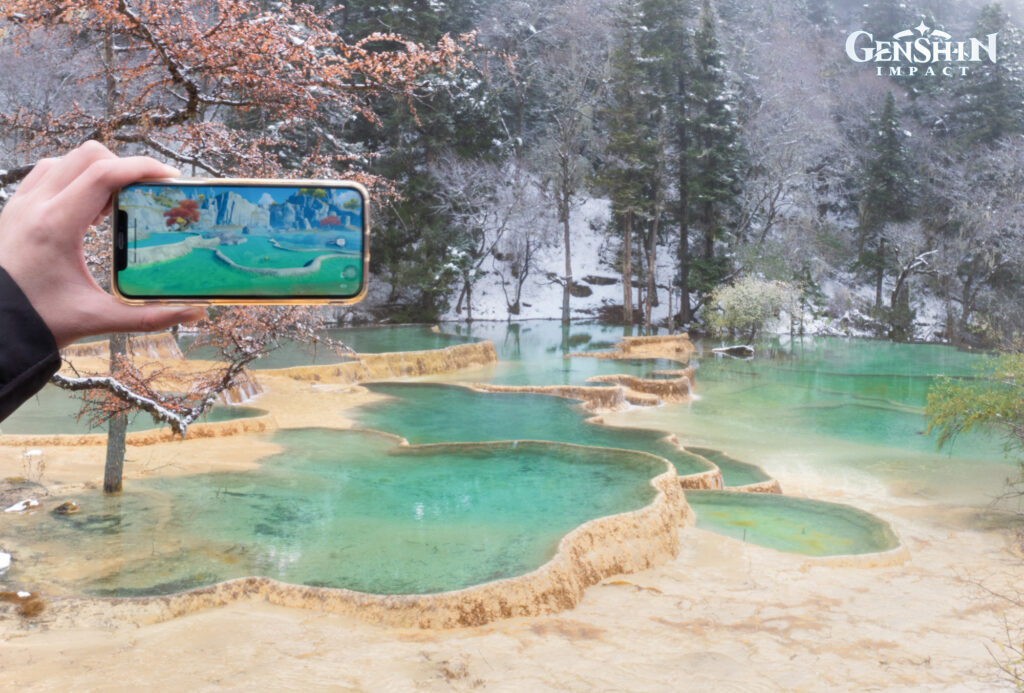
“Luhua Pool”, an in-game location is based off the real-life “Jade Pool” located in the Huanglong National Park in Sichuan, China. Source: Genshin Impact
In the U.S., the Monterey Bay Aquarium of California uses Animal Crossing as a platform for audience outreach, hosting fossil expert Emily Graslie of the Field Museum in Chicago, who presents virtual tours of the in-game museum via the livestreaming app Twitch.
As museums and cultural institutions expand their online engagement in the Covid era, mobile gaming may join social media, livestreaming, and other digital innovations, as an effective strategy for raising their profiles and growing their audiences, particularly among younger demographics.

